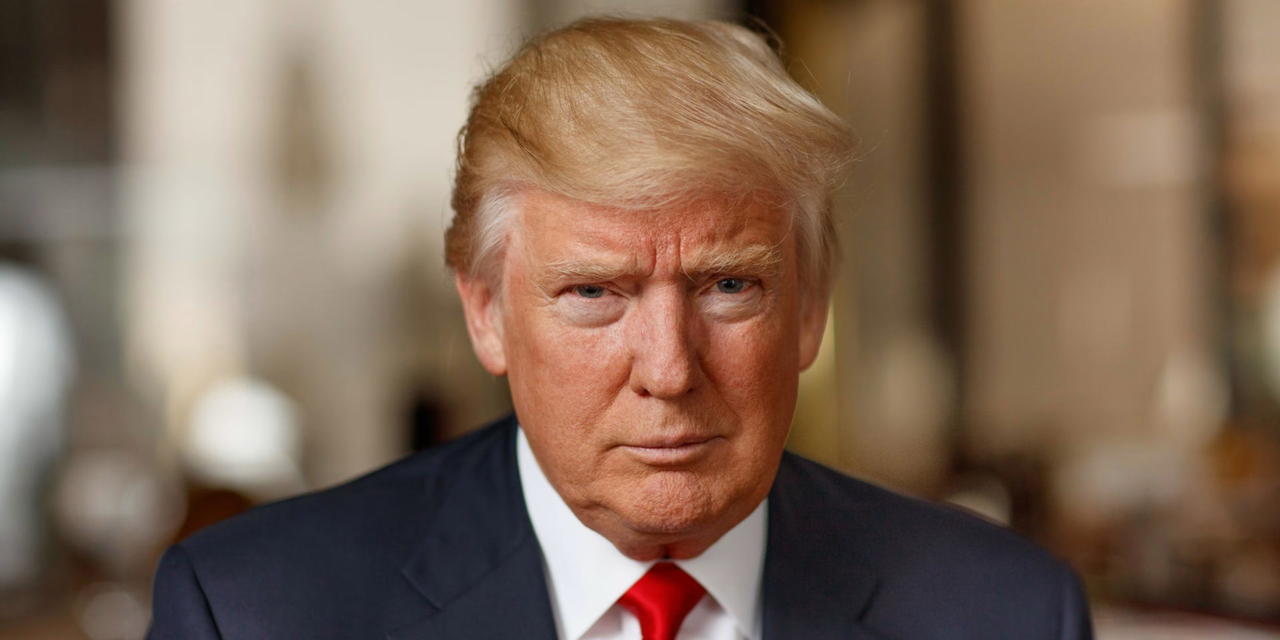Donald Trump: Politics, Business, and Media Impact

Donald Trump is one of the most recognizable and debated figures in recent history. His path—from developer and media personality to the 45th President of the United States—has been unconventional and polarizing. This article gives a balanced, human-style look at his business background, political influence, and media presence.
Business Legacy
Before politics, Trump made his name in real estate and branding. He associated his own name with hotels, office towers, golf courses, and licensing deals. For many, this represented a modern personal brand built around bold promises and high-visibility projects. His book, The Art of the Deal, helped cement an image of a confident negotiator—whether or not critics agreed with the methods behind the image.
Political Influence
Trump’s presidency (2017–2021) introduced a style of governance that prioritized direct messaging and attention-grabbing moves. Key policy themes included trade renegotiations, tax reform, deregulation, and stricter immigration measures. His approach energized a large base of supporters and reshaped Republican messaging and strategy in ways that endured beyond his term.
Media and Public Image
One unmistakable strength was Trump’s media savvy. He understood how to turn headlines into political capital, first through reality TV and later via social platforms and rallies. That media presence allowed him to set the agenda and connect directly with millions—transforming how political figures engage with the public in the digital age.
Why It Matters
Whether viewed positively or negatively, Trump’s blend of celebrity, business branding, and political insurgency changed American political culture. His influence stretched into party strategy, media dynamics, and public discourse—raising questions about leadership, accountability, and how personalities shape national debates.
For readers and site visitors, his story is a case study in how media, business, and politics can interlock—and how modern leadership often rides on perception as much as policy.
Quick tips for publishers: place a native ad near the top and a smaller inline ad after the second section. Use unobtrusive ads that respect user experience to keep readers engaged.
